Charges +q and -q are placed at points A and B respectively which are a distance 2L aprt,C is the mid point between A and B. The work done in moving a charge + Q along the semicircle CRD is
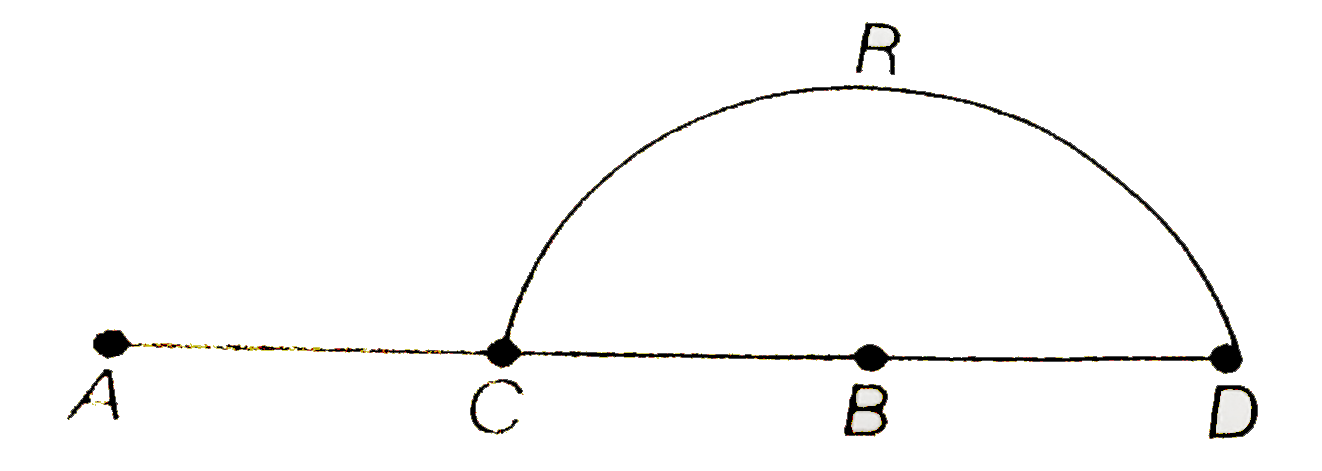
−qQ6πε0L
−qQ4πε0L
qQ2πε0L
−qQ2πε0L
The correct Answer is:A
Step by step video & image solution for Charges +q and -q are placed at points A and B respectively which are a distance 2L aprt,C is the mid point between A and B. The work done in moving a charge + Q along the semicircle CRD is by Physics experts to help you in doubts & scoring excellent marks in Class 12 exams.
Updated on:21/07/2023Topper's Solved these Questions
- ELECTROSTATIC POTENTIAL AND CAPACITANCE BOOK - AAKASH INSTITUTE ENGLISHCHAPTER - ELECTROSTATIC POTENTIAL AND CAPACITANCE EXERCISE - ASSIGNMENT SECTION - D
9 Videos
- ELECTROSTATIC POTENTIAL AND CAPACITANCE BOOK - AAKASH INSTITUTE ENGLISHCHAPTER - ELECTROSTATIC POTENTIAL AND CAPACITANCE EXERCISE - ASSIGNMENT SECTION - B
38 Videos
- ELECTROMAGNETIC WAVESBOOK - AAKASH INSTITUTE ENGLISHCHAPTER - ELECTROMAGNETIC WAVESEXERCISE - ASSIGNMENT SECTION - D Assertion-Reason Type Questions
25 Videos
- GRAVITATION BOOK - AAKASH INSTITUTE ENGLISHCHAPTER - GRAVITATION EXERCISE - ASSIGNMENT SECTION - D (ASSERTION-REASON TYPE QUESTIONS)
15 Videos
Similar Questions
Charges +q and −q are placed at points A and B respectively which are a distance 2L apart, C is the midpoint between A and B. The work done in moving a charge +Q along the semicircle CRD is
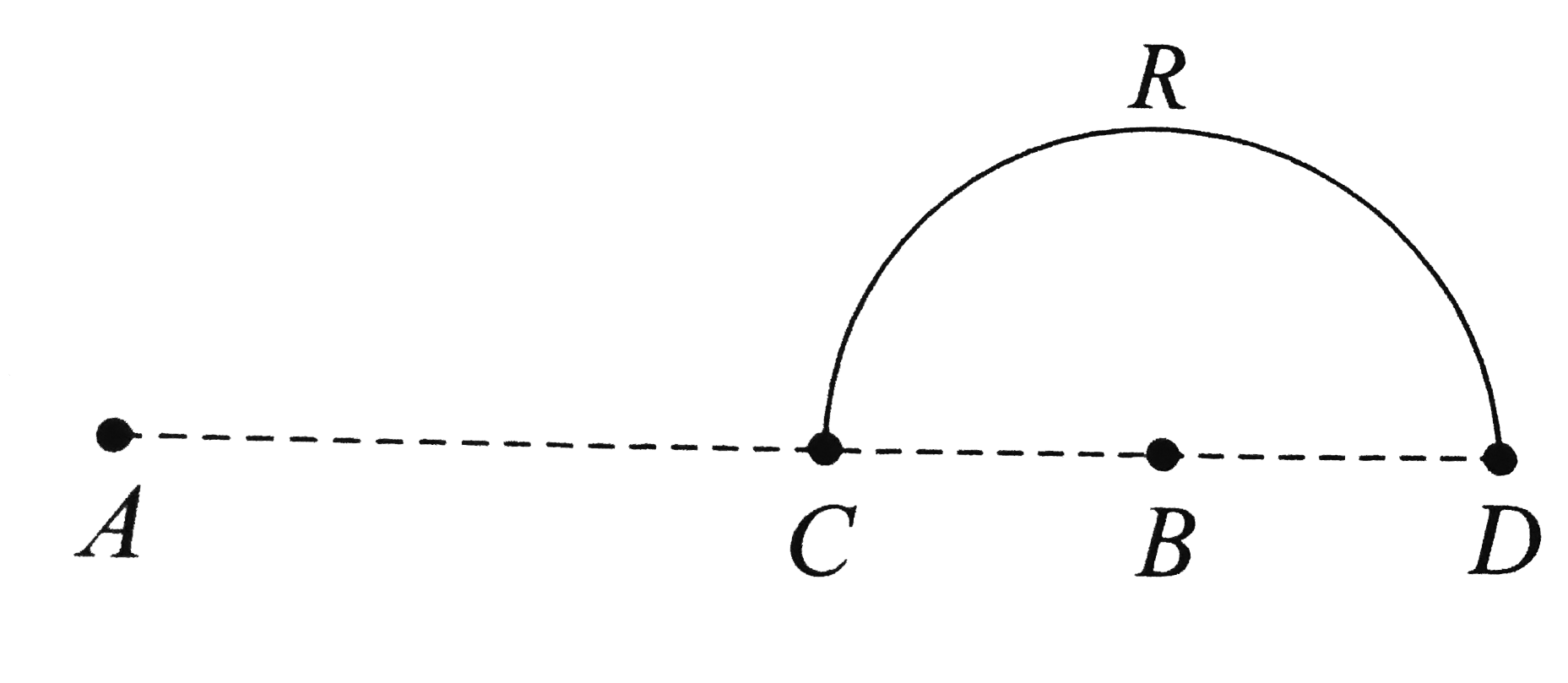
View SolutionCharges −qand+q located at A and B, respectively, constitute an electric dipole. Distance AB = 2a, O is the mid point of the dipole and OP is perpendicular to AB. A charge Q is placed at P where OP = y and y>>2a. The charge Q experiences an electrostatic force F. If Q is now moved along the equatorial line to P' such that OP'=(y3), the force on Q will be close to (y3>>2a)
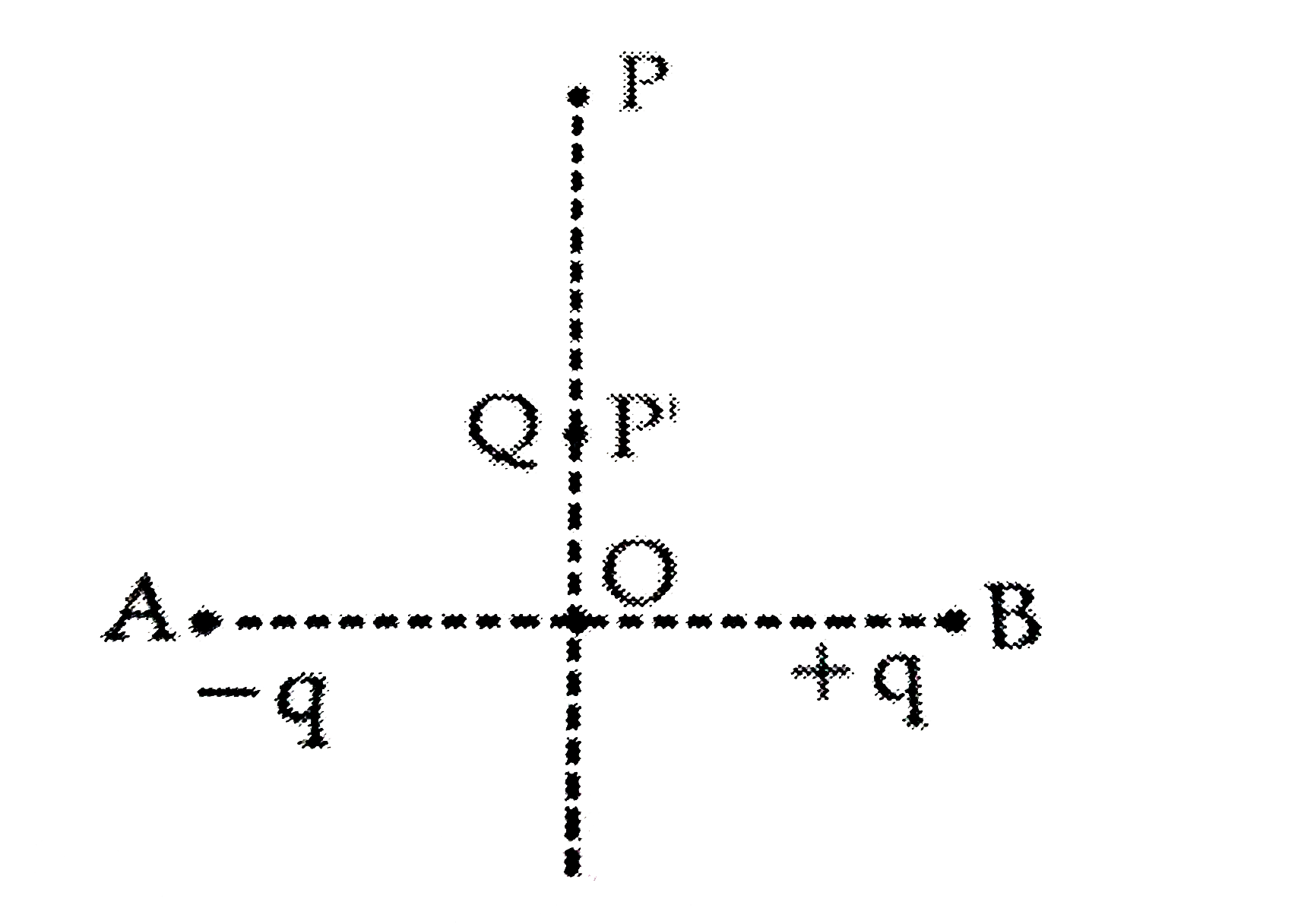
View Solution
Knowledge Check
The work done to move a unit charge along an equipotential from P to Q
Amust be defined as −Q∫P→E.→dlBis zeroCcan have a non-zero valueDboth (a) and (b)are correct
Three cahrges each+q, are placed at the corners of an isosceles trinagle ABC of sides BC and AC,2a,D and E are the mid-points of BC and CA. The work done in taking a charge Q from D to E is
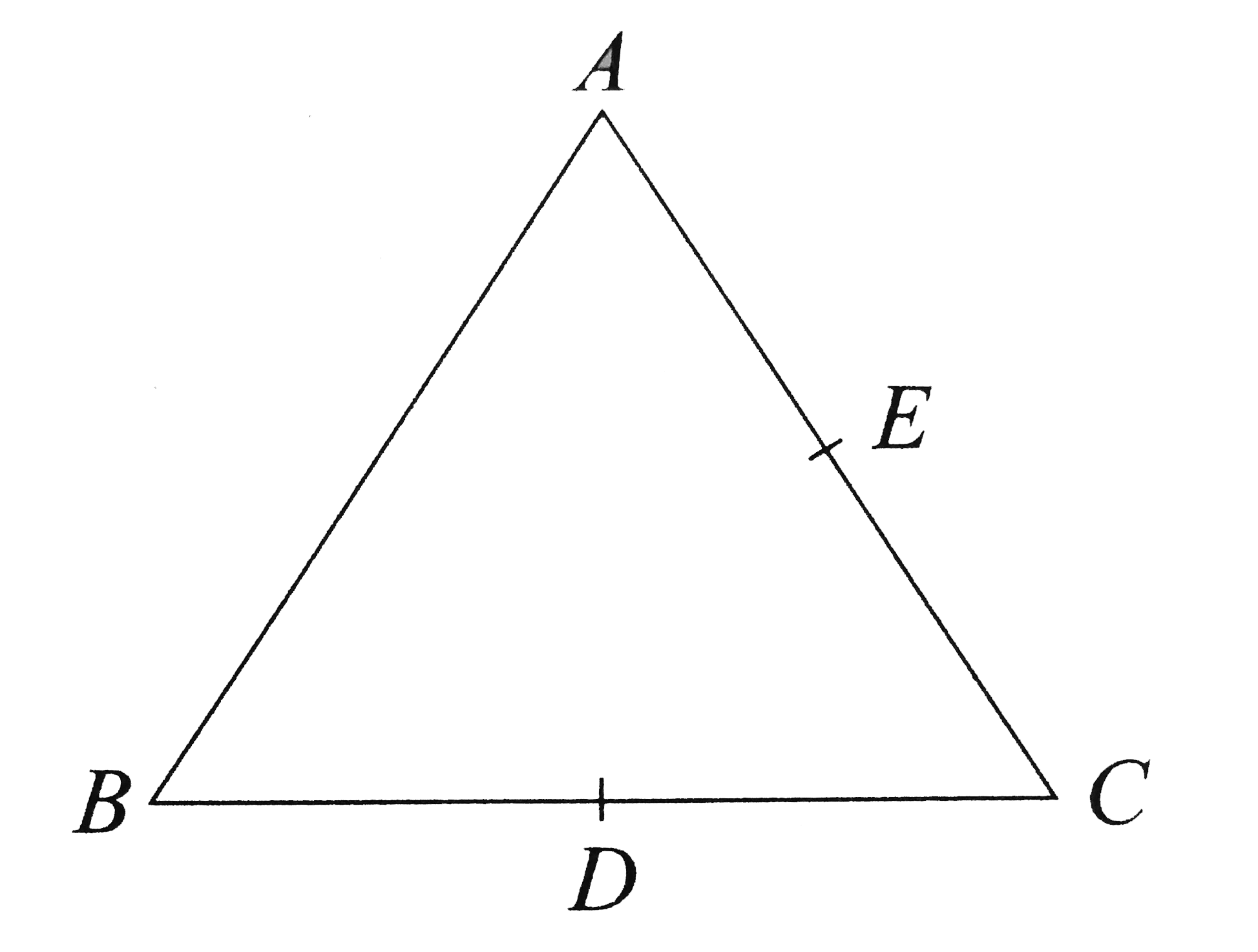
View SolutionThree cahrges each+q, are placed at the corners of an isosceles trinagle ABC of sides BC and AC,2a,D and E are the mid-points of BC and CA. The work done in taking a charge Q from D to E is

View SolutionConsider a thin conducting shell of radius R carrying total charge Q. Two point charges Q and 2Q are placed on points A and B, which are at a distances of R2 and 2R from the center of the cell respectively as shown in the figure. If the cell is earthed how much charge will flow to the earth?
View SolutionAn infinite line of charge λ per unit length is placed along the y-axis. The work done in moving a charge q from A(a,0) to B(2a,0) is
View SolutionIn the electric field of a point chargde q, a cetrain charge is carried from point A to B,C,D and E. Then the work done
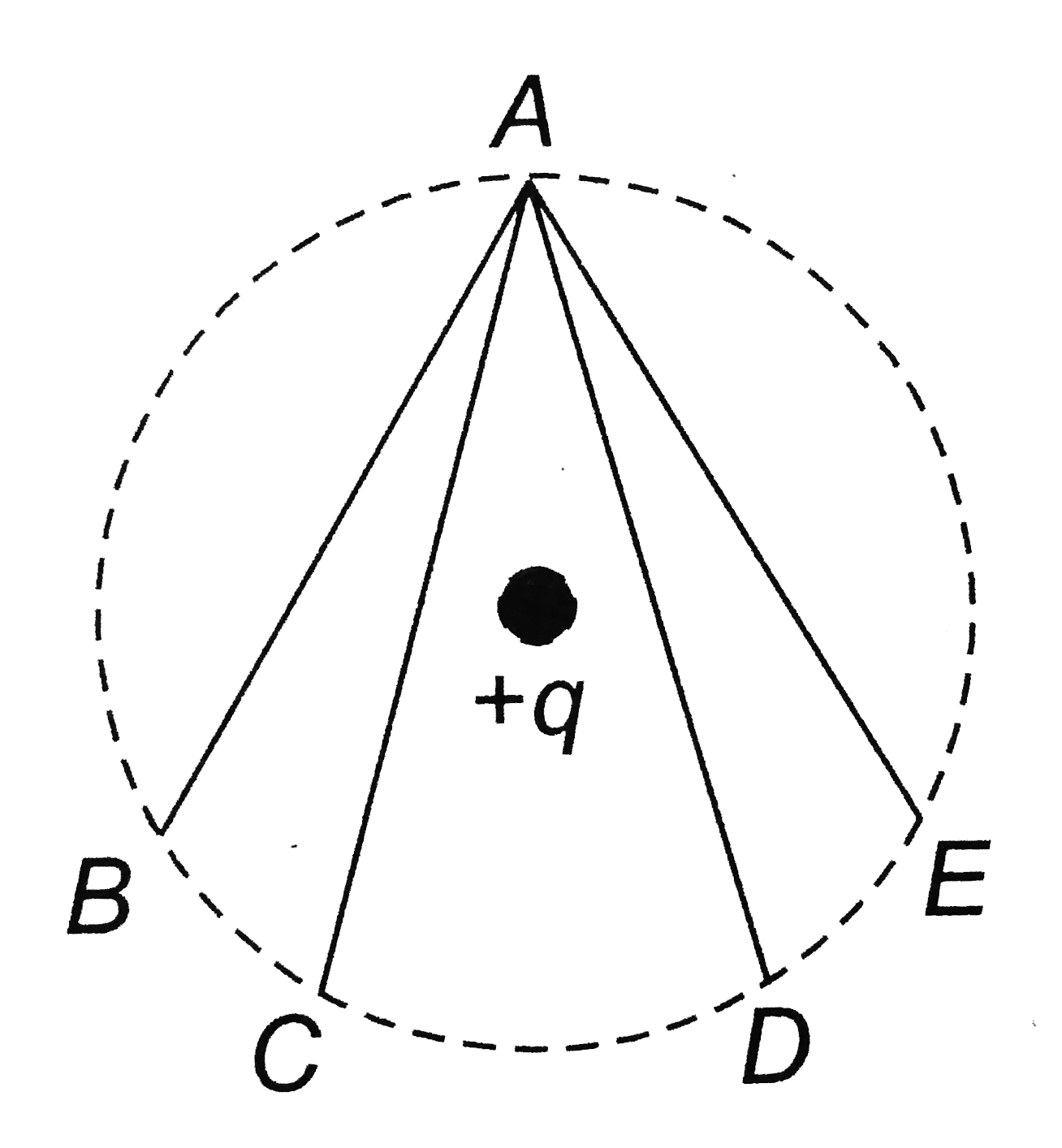
View SolutionTwo point charges +q and −q are placed a distance x apart. A third charge is so placed that at the three charges are in equilibrium. Then
View SolutionA two point charges 4q and -q are fixed on the x - axis x=−d2andx=d2 , respectively. If a third point charge 'q' is taken from the origin to x = d along the semicircle as shown in the figure, the energy of the charge will

View Solution

